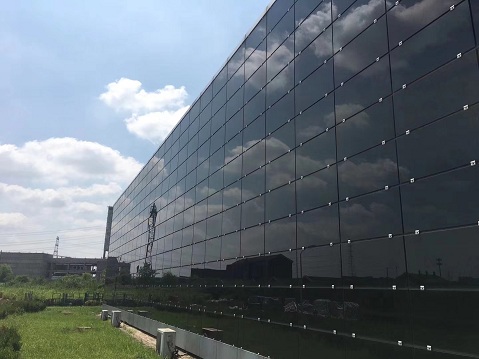In today's digital age, printing photographs has become a common practice. However, it is crucial to understand the compatibility of different types of paper with specific printers. This article explores the potential consequences of using photo paper in a laser printer, shedding light on the technical aspects and practical implications.
- Understanding Laser Printers:
Laser printers utilize a complex process involving heat and toner to create high-quality prints. Unlike inkjet printers, which spray liquid ink onto the paper, laser printers use a powdered toner that is fused onto the paper using heat. This distinction is vital when considering the use of photo paper. - The Composition of Photo Paper:
Photo paper is specifically designed for inkjet printers and is coated with a receptive layer that absorbs liquid ink. This coating enhances color vibrancy and sharpness, resulting in stunning photo prints. However, this coating can have adverse effects when used in a laser printer. - Potential Consequences:
a) Paper Jams: The coating on photo paper can melt and adhere to the printer's internal components, leading to paper jams. The heat generated by the laser printer can cause the coating to melt and fuse with the printer's rollers, causing significant damage and hindering the printing process.
b) Poor Print Quality: Laser printers are optimized for plain paper and may not produce the desired results when used with photo paper. The toner used in laser printers is not designed to adhere to the glossy surface of photo paper, resulting in smudging, streaking, and reduced color accuracy.
c) Printer Damage: The melted coating from the photo paper can accumulate on the printer's fuser unit, which is responsible for heating and fusing the toner onto the paper. This accumulation can lead to overheating, reduced print quality, and even permanent damage to the printer.
- Recommended Solutions:
a) Use the Right Paper: To achieve optimal results, it is essential to use paper specifically designed for laser printers. Laser-compatible photo paper is available in the market, which has a different coating that can withstand the heat generated by laser printers.
b) Adjust Printer Settings: If using photo paper in a laser printer is unavoidable, adjusting the printer settings can help mitigate some issues. Lowering the print quality and selecting the appropriate paper type in the printer settings may yield better results, although they may still not match the quality of inkjet prints.
c) Consult the Printer Manual: Each laser printer model may have specific recommendations regarding compatible paper types. Referring to the printer manual or contacting the manufacturer's customer support can provide valuable insights and prevent potential damage.
Conclusion:
While it may be tempting to use photo paper in a laser printer for convenience, doing so can have severe consequences. From paper jams to printer damage, the incompatibility between photo paper and laser printers can lead to costly repairs and unsatisfactory print results. It is crucial to understand the technical aspects and follow the manufacturer's guidelines to ensure optimal performance and longevity of both the printer and the prints.

